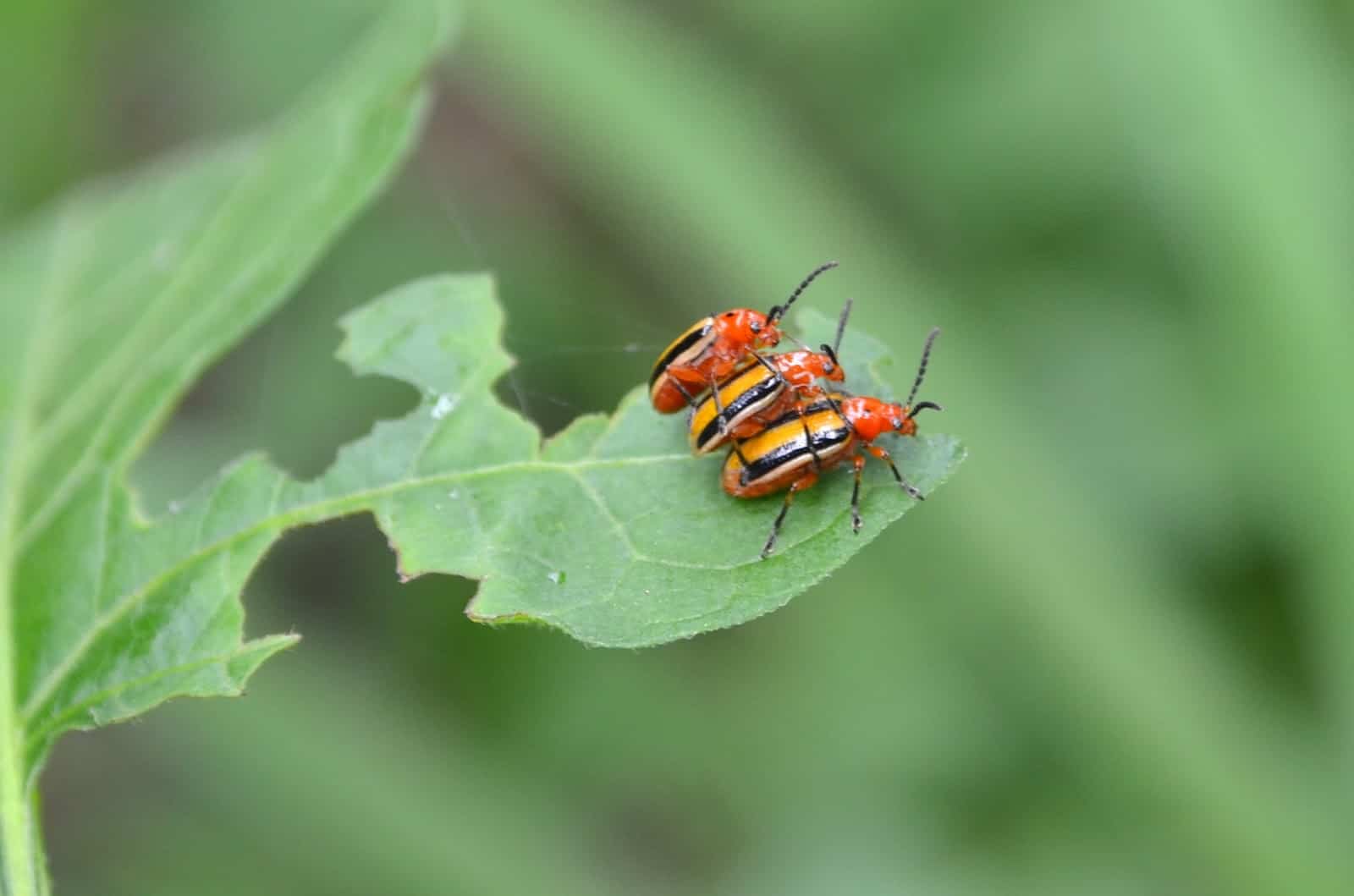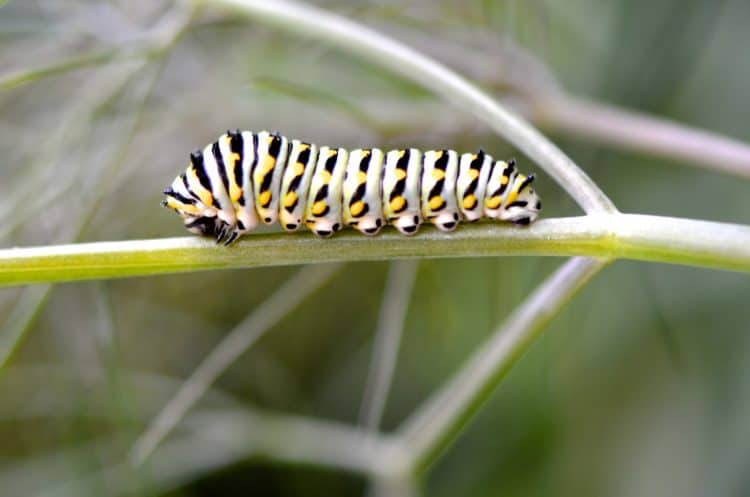From the American haiku poet, James William Hackett – “Two flies, so small, it’s a wonder they ever met, are mating on this rose”.
Author: Julie Feinstein
Milkweed Bugs, Large & Small
Last year I wrote a blog about the milkweed bug Oncopeltus fasciatus, which is also called the large milkweed bug. It’s the kind I usually seeon milkweed stems and leaves or sunning themselves on objects near milkweed. This week I stopped to look at the milkweed bug pictured below. It was sitting on milkweed flowers […]
Great Black Wasp
Great black wasps are big — up to almost an inch and a half long — and dramatically black with blue iridescence on the wings. I saw a few of them on summersweet (Cethra alnifolia) and milkweed bushes in Brooklyn Bridge Park this week. Adult great black wasps eat flower nectar and are important pollinators. […]
Blue Dasher Dragonfly
Male and female blue dashers are about an inch and a half long. Both have wavy yellow and brown stripes on the thorax, the middle body section where wings and legs are attached. The blue dasher is one of the most common and abundant dragonflies in the United States. They can be found near still […]

Three-lined Potato Beetles, Lema daturaphila
The Urban Wildlife Guide just hit 100,000 pageviews. I’m taking the day off to bask in the glow…
Atlantic Ghost Crab
I met this little crab on a beach in Cape May, New Jersey. It’s Ocypoda quadrata, called a ghost crab or sand crab. The Latin name Ocypoda means “fast-footed,” and quadrata describes the rectangular shape of its carapace, or back. It is pale like a ghost, and camouflaged to blend with the sand. It is […]

Growing Caterpillar
For the past few weeks, I have been watching black swallowtail caterpillars in a nearby stand of fennel plants. Like many butterfly species, black swallowtails are picky about what they eat. They prefer host plants in the carrot family, Apiaceae, which includes parsley, fennel, dill, Queen Anne’s Lace, and of course, carrots. Fennel smells like […]
A Baby Wheel Bug !
I found a tiny assassin sitting on a yellow flower in Brooklyn Bridge Park last week. It’s an immature, or nymphal, stage of an assassin bug. Assassin bugs are predatory insects in the family Reduviidae. They have long downward-facing beaks that unfold forward. Assassin bugs capture other insects and pierce them with their sharp beaks. […]